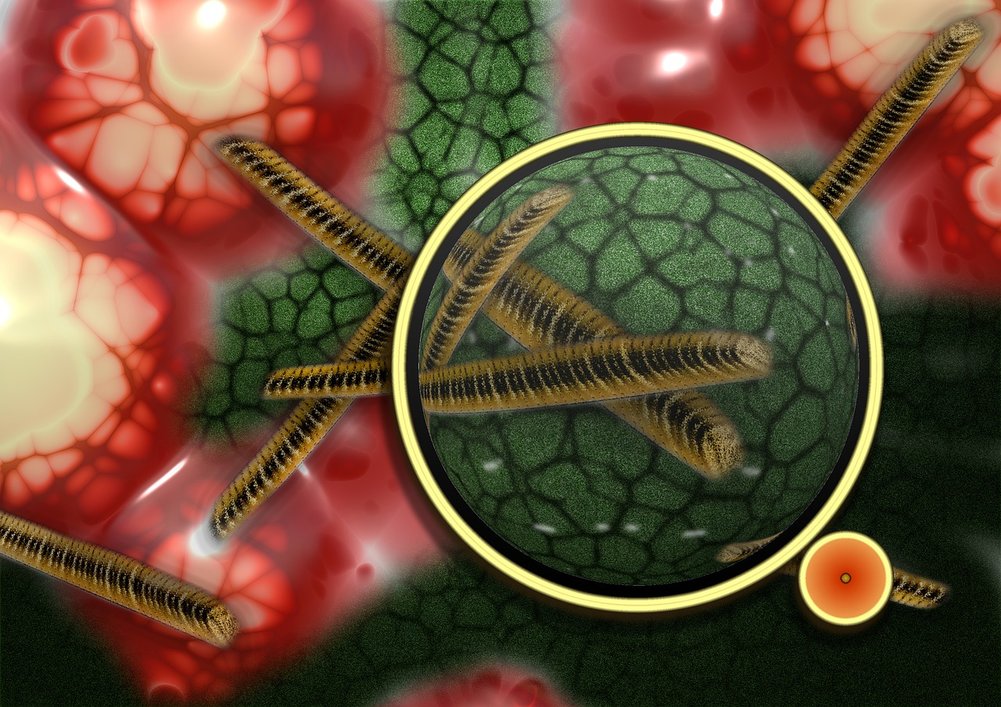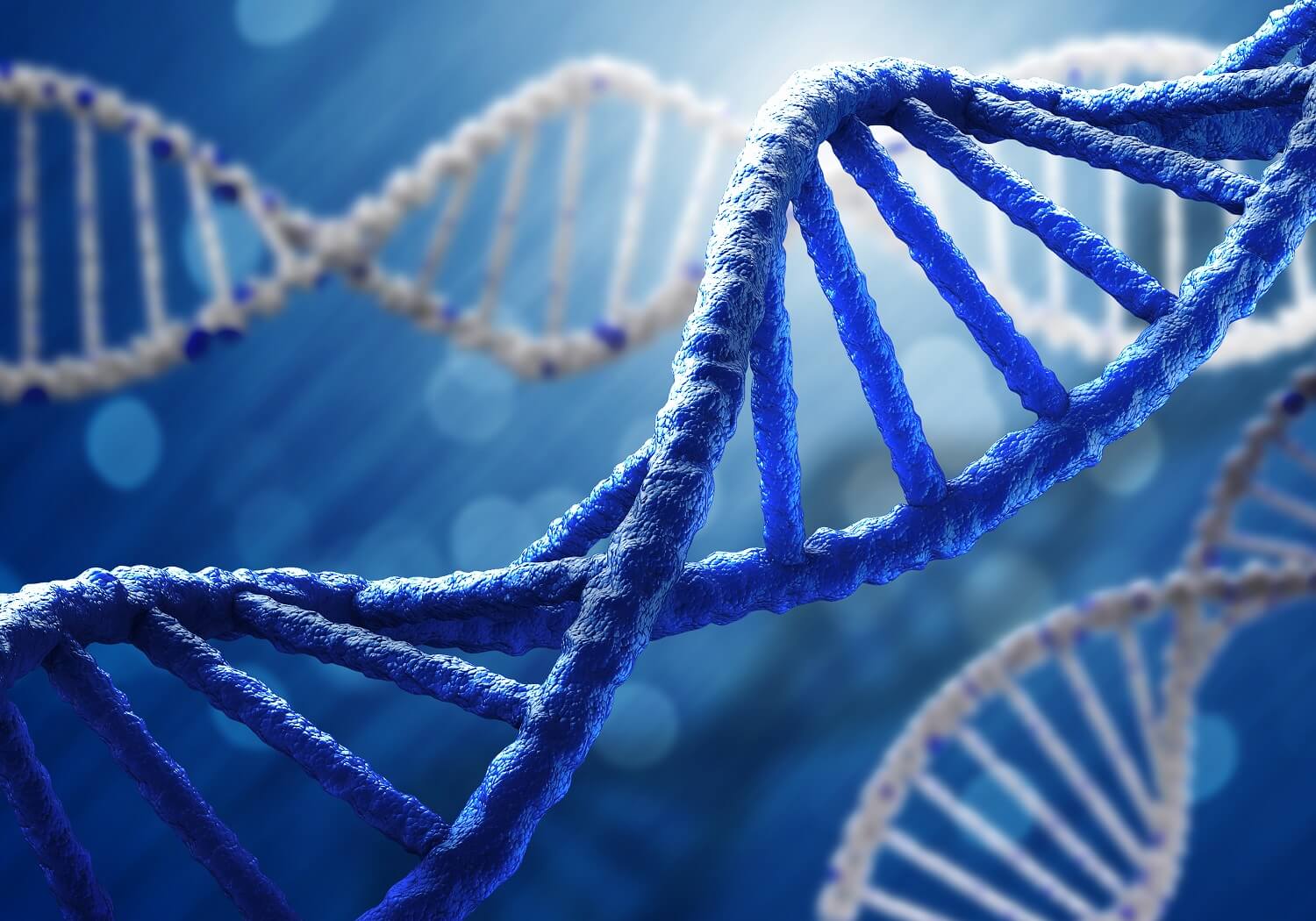Almost 20 years ago the human genome, 3 billion DNA base pairs long, was first sequenced. Despite all the progress researchers still know little about how the genome is organized within cells. Now researchers from the University of Illinois at Urbana-Champaign have developed a new technique that can create a 3D image of the genome’s organization.
Knowledge about the three-dimensional location of the DNA pairs could tell us a lot about their function and activity. Or more accurately, the position of pairs in the double helix in relationship to the cell’s nuclear structures. Now, researchers can measure the position of every single gene in the nucleus to build a 3D picture. They describe their new technique in the paper published in the Journal of Cell Biology.
Yu Chen, Andrew Belmont, and a group from the University of Illinois at Urbana-Champaign have developed a mapping technique called tyramide signal amplification sequencing (TSA-Seq). The study was carried out in collaboration with Jian Ma’s group at Carnegie Mellon University and with researchers at the Netherlands Cancer Institute and Northwestern University Feinberg School of Medicine.
The TSA-Seq technique involves targeting an enzyme, horseradish peroxidase, to particular nuclear structures. When in nucleus a highly reactive molecule called tyramide is released from the enzyme, it tags any DNA that happens to be nearby. Any gene that is closer to structures, such as the nuclear lamina (surrounds the nucleus) or granules called nuclear speckles (tend to be found in the center of the nucleus), will have a stronger signal from the tyramide label. This way when researchers subsequently sequence the cells’ DNA, they can calculate how close each gene was to the nuclear structure tagged with the tyramide.
“TSA-Seq is the first genome-wide method capable of estimating actual distances of genes from particular nuclear subcompartments,” said Chen for EurekAlert!.
The research group tested TSA-Seq with leukemia cells. They found that genes in proximity to the nuclear speckles were often more active than those closer to the nuclear lamina. The technique allowed them to trace whole sections of chromosomes that looped out from the nuclear periphery toward the speckles in the center of the nucleus. Although we don’t actually know what these nuclear speckles do, it seems they play a role in a cell’s genetic activity. According to Belmont, even a small shift in a gene’s position towards the nuclear speckle could be sufficient to dramatically enhance its expression.
“The logic of this nuclear organization remains to be determined, but our model would suggest that chromosome movements of just a few hundred nanometers could have substantial functional significance,” said Andrew Belmont.
The research group plans to improve the TSA-Seq technique. They hope to map the 3D positions of genes in other cell types. The goal is knowledge of how these positions change as cells develop or become diseased.
Learn more about genome reading and building a human being in the video below:
By Andreja Gregoric, MSc










